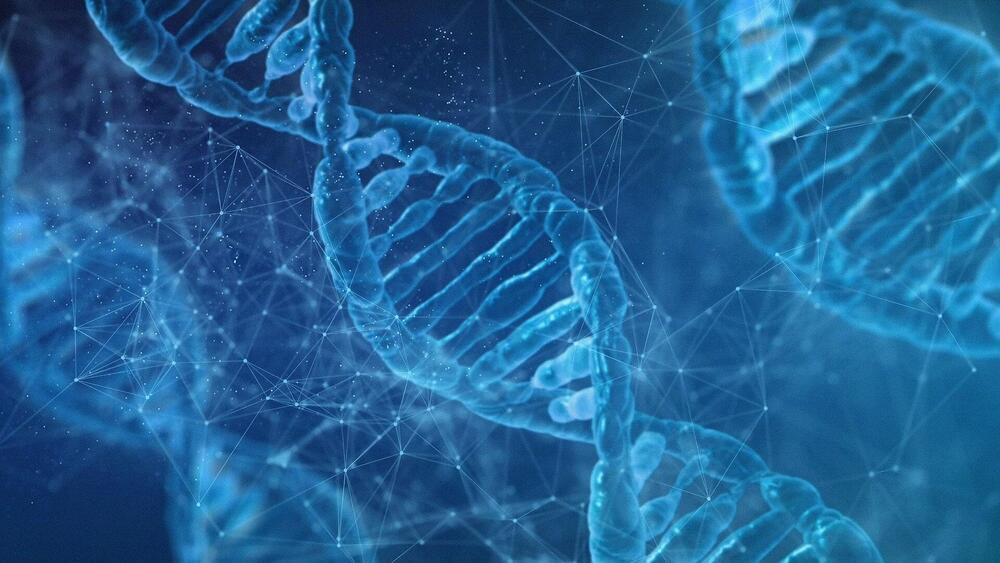Researchers have determined a new feature of how the natural ends of our chromosomes are protected from harmful outcomes.
In a new study, University of Michigan researchers looked at how the DNA damage recognition process seems to know the difference between harmful DNA breaks that need repair versus the natural ends of chromosomes, called telomeres, that need to be left alone.
“If possible, you repair it, and if you can’t repair it, then the cell dies. You don’t want to keep dividing with broken DNA. That’s what happens in a normal cell, and that’s a good thing,” said Jayakrishnan Nandakumar, a professor of molecular, cellular and developmental biology.









Comments are closed.